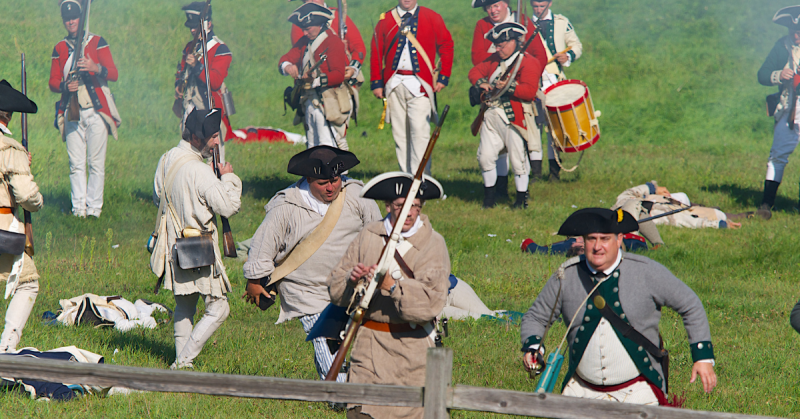Our history would always talk about the greatest achievements of noble countrymen who serve and fight for the good of their respective countries. Many written in our history books are a list of countless heroes who have done a great deal for the service of their country. Many of them become names we associate with greatness.
However, while there are many great individuals, there are also those who are the worst.
Worst American General
One particular story of a person that held the ‘worst’ title in American history is James Wilkinson at the time he served as a captain during the Revolutionary Wars like the Battle for Dorchester Heights, America was still a young country. He was born in Benedict, Maryland.
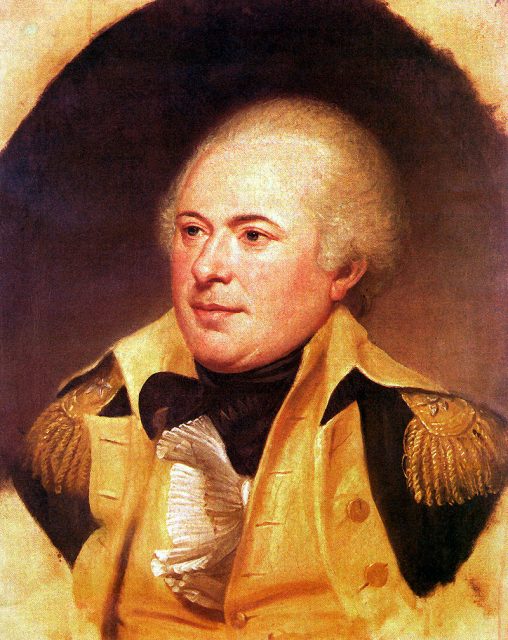
It was considered the location where his notoriety began and became well known. He aided military officers in the American battles like Benedict Arnold before being transferred to Horatio Gates.
His tarnished reputation was first revealed in 1777 when he was assigned by Gates to deliver the news of America’s victory in Saratoga. The victory was considered to be significantly important and needed to be delivered promptly.
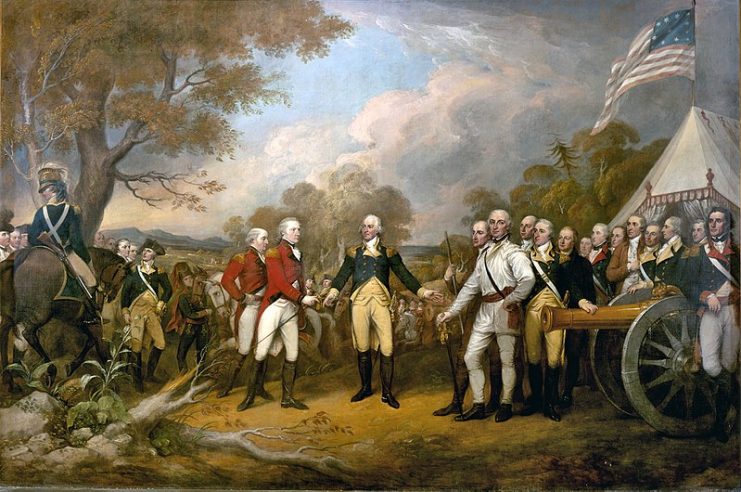
However, at the time Wilkinson had other personal matters to address first before conveying the news. By the time he arrived at Congress, he had exaggerated his fabricated contributions in the victory. Taking his word for it, his train of deceit subsequently earned him high honors. It included being appointed in the newly designated Board of War as well as Brigadier General, which is considered as a high statutory honor.
Deceit Uncovered
Unfortunately for Wilkinson, Horatio Gates eventually caught up with all his lies and slowly grew tired of him. He then forced Wilkinson to resign in 1778. However, Wilkinson returned but was appointed by Congress as the army’s clothier general. He then grew bored with the job over time and resigned.
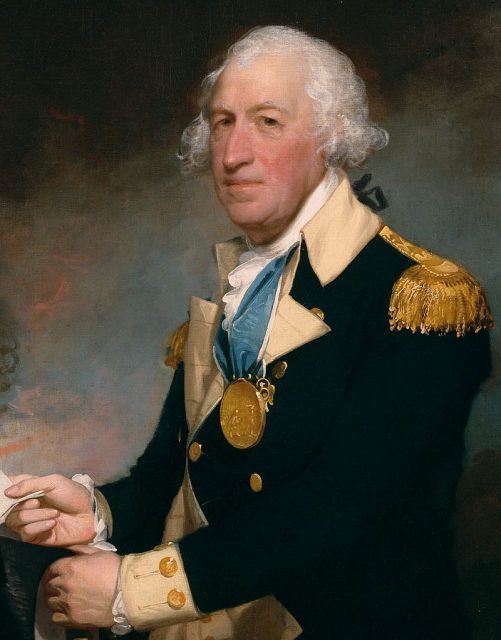
Later, he settled as a general in the Pennsylvania militia serving as a state assemblyman then eventually moved to Kentucky, a state under Virginia ownership then. It was here that Wilkinson began his slew of treacherous deeds to the United States.
It all started when he visited Louisiana, which was owned by Spain. He was also secretly employed by Miro, the Spanish governor. One of his schemes was giving trade control of Missouri to Kentucky while providing information to Spain to promote their interests in exchange.
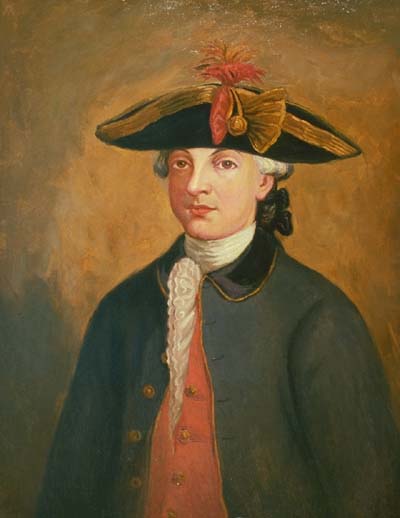
In his services with the Spanish crown, he was paid a large income. He even tried to purchase some Spanish owned land in the US should he be persecuted or hounded by the Spanish for treason. Soon, the Spanish slowly lost their confidence in him as favors and information lessened. He was still paid a full salary for several years.
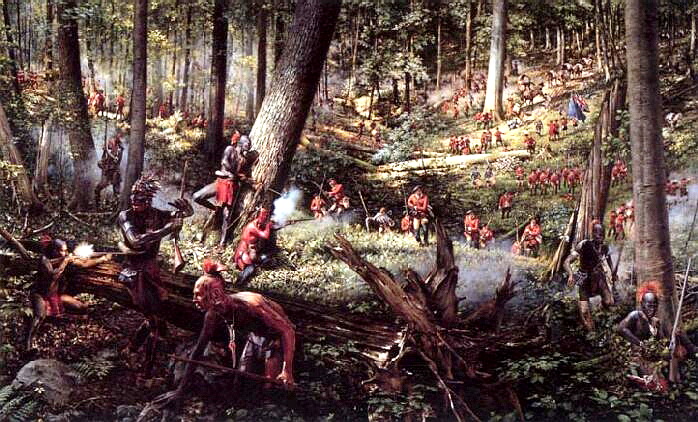
Wilkinson continued working until he successfully got into small scale raids particularly during the Northwest Indian War. His work in the raids flourished and eventually got him promoted to Lieutenant Colonel.
Later, he was appointed to Brigadier General. His successes were also due to his extravagant and lavish boasts which made him utterly believable. Only someone like Horatio Gates was familiar with his ploys.
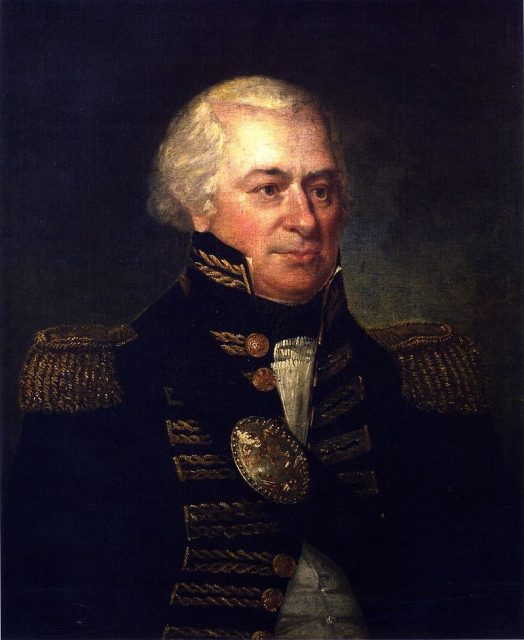
James Wilkinson soon got himself into conflicts with Anthony Wayne, who was the general of the short term legion of America. It was Wayne who eventually exposed Wilkinson’s treachery based on strong evidence showing his relations with Spain.
Wilkinson responded by tossing endless accusations at Wayne despite his solid record. Unfortunately, Wilkinson was favored and he was not removed from his position. Wayne died eventually in 1776 but still entangled over his rivalry with Wilkinson.
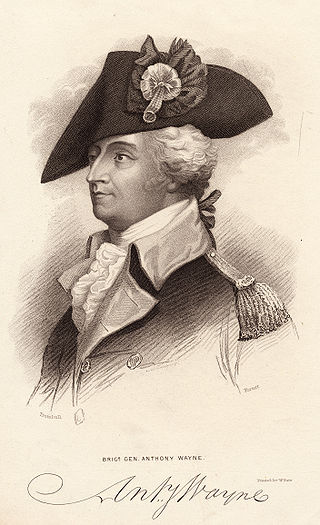
American politician Aaron Burr was later charged with treason soon after and Wilkinson got involved in the trial. He almost got himself convicted for the same charges. Luckily for him, the charges were not pushed through eventually letting Wilkinson go free in the process.
The final straw
The true nature of Wilkinson was finally revealed during the War in 1812. He served in a Canadian campaign in combined operations in Ontario. However, the operations got delayed and even involved 8000 Americans because Wilkinson needed time to prepare more troops. The battle of Crysler’s Farm became a victory to the British, Canadians because of inadequate preparations of the American troops.
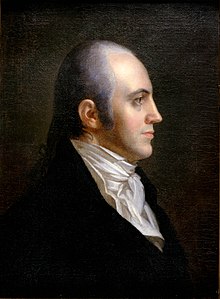
In the end, the disaster ended up to a court hearing, and Wilkinson soon started an aggressive campaign to reclaim credit for himself. Soon, with only 4000 men, Wilkinson set out to wipe out the British garrison that was surrounding the Lacolle River and eventually began their attack.
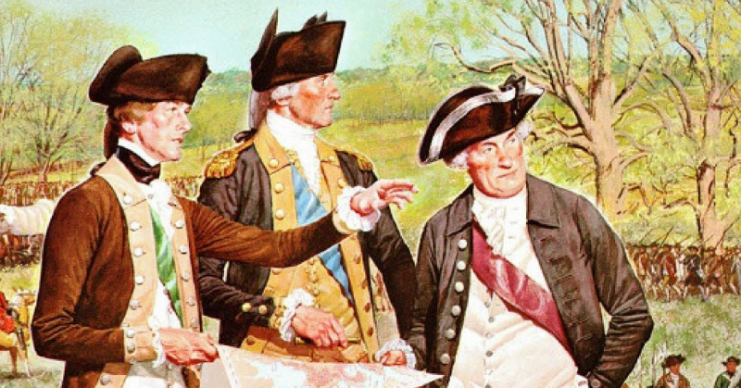
Eventually, the American troops became outnumbered, and many became wounded after the attack. Wilkinson finally ordered a retreat, but another court hearing was held because of the output of the disaster. Wilkinson was able to escape being convicted but dismissed from his command. He later died in 1825 in Mexico.
